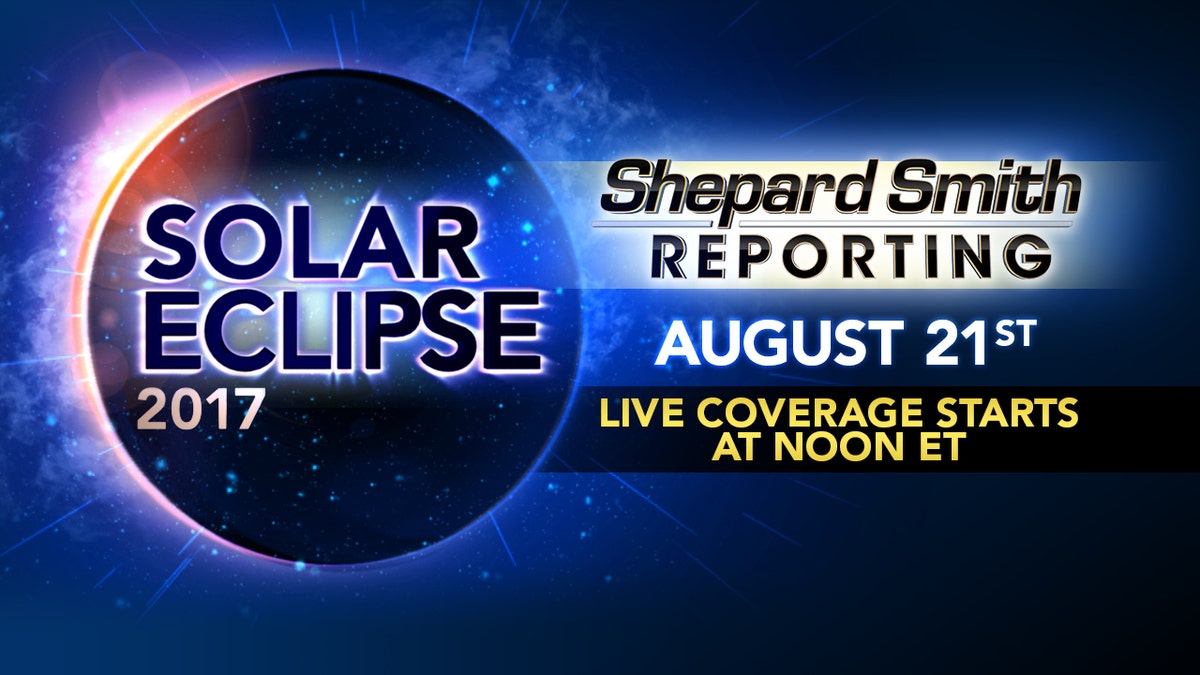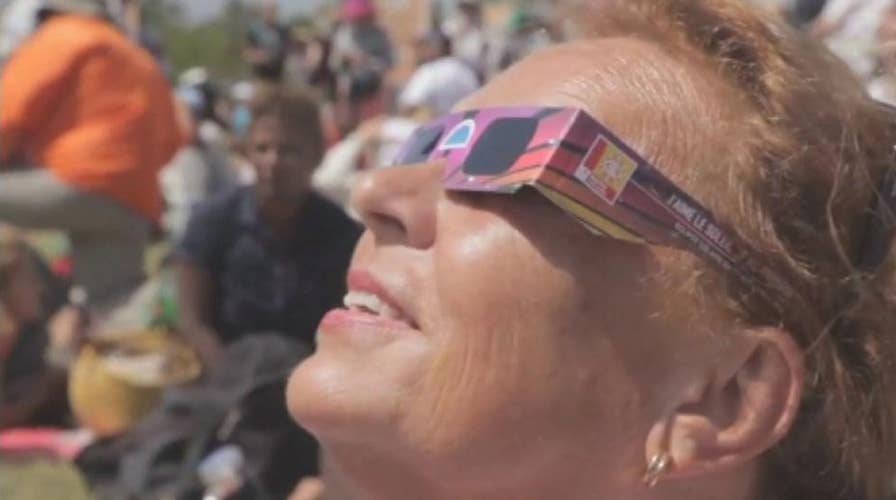Solar Eclipse: How to protect your eyes
Millions across the United States are waiting to see the solar eclipse but before you view there are things you should know about protecting your eye sight
As potentially millions of Americans travel to see the total solar eclipse on Monday (Aug. 21), doctors are bracing for a spike in visits to emergency rooms (ERs) across the country, experts say.
"I suspect there will be an increase in patient traffic to ERs, especially in areas expecting a large influx of eclipse watchers," Dr. Becky Parker, president of the American College of Emergency Physicians (ACEP), said in a statement. These include areas in the path of the total solar eclipse, which will span from Oregon to South Carolina.
TOTAL SOLAR ECLIPSE 2017: 6 BEST APPS FOR THE BIG EVENT
"When a population surges, even temporarily, ER visits tends to rise," Parker said. Anything that shakes up people's regular routines, including an eclipse, or even daylight saving time switches, can lead to more car accidents on roads, Parker said. "Be mindful of that."

Indeed, the website GreatAmericanEclipse.com estimates that between 1.8 million and 7.4 million people will travel to an area inside the path of the total solar eclipse, many by car.
‘GREAT AMERICAN ECLIPSE’ OF 2017: WHAT IT IS, WHEN IT’S HAPPENING AND WHY YOU HAVE TO SEE IT
In Idaho, officials predict that town and city populations will triple, which will put pressure on local hospitals to handle a large rise in patients, the ACEP said.
Experts also stress that eclipse watchers should take precautions to protect their eyes during the eclipse. "If you choose to look at it, you must use proper eye protection for safe viewing." That's because looking directly at the sun, even for a short period of time, can cause severe eye damage.
WHAT CAUSES A TOTAL SOLAR ECLIPSE?
People can safely view the eclipse with special "eclipse glasses" or handheld solar viewers that contain solar filters, according to American Astronomical Society (AAS). The four manufacturers with certified eclipse glasses and handheld solar viewers are: Rainbow Symphony, American Paper Optics, Thousand Oaks Optical and TSE 17.

Monday's solar eclipse will be a historic event — it will be the first time since 1918 that a total solar eclipse will be visible across the continental United States (from the West Coast to the East Coast), according to the AAS.
"For many in this country, Monday's solar eclipse will be a once-in-a-lifetime event," Parker said. "We want you to enjoy but to enjoy it safely and be mindful of the risks."
Original article on Live Science.

